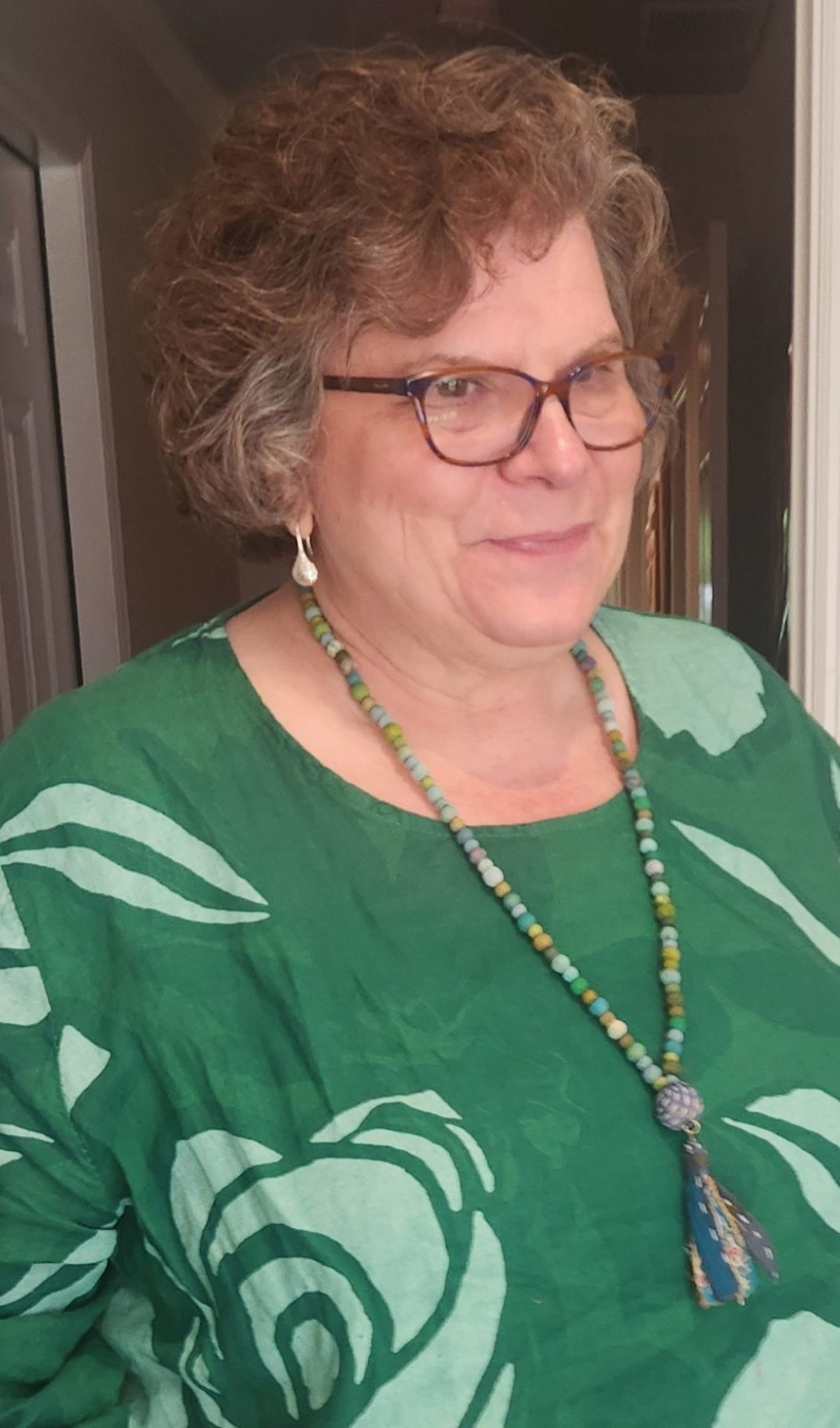Historic Beaufort Foundation still has seat on board – for now
By MINDY LUCAS
The future of a local historic preservation group’s seat on Beaufort’s Historic District Review Board remains to be seen, while officials with both the group and the city say it is still there – for now.
The removal of Historic Beaufort Foundation’s (HBF) longstanding seat was first broached in November as editorials both for and against the seat’s removal ran in The Island News and a city council meeting brought out impassioned members of the community on both sides of the issue.
While council members voted 3 to 2 on first reading to remove the seat at the council’s November meeting, in an abrupt turn of events members voted to table the issue just two weeks later.
At that same meeting, Beaufort Mayor Billy Keyserling, who earlier had been in favor of removing the seat, announced the appointment of a panel to study the issue. The panel was also to discuss other topics such as training and improved standards that would simplify the process for applicants going before the review board, the mayor said.
That panel has since formed and met three times, though what action will ultimately be taken on the status of HBF’s seat on the Historic District Review Board has yet to be determined.
Asked if the issue had been discussed, HBF’s Executive Director Cynthia Jenkins who was appointed to the panel along with five other members, said that it had not.
“What the mayor wanted is for education to occur,” she said. “But what we have been doing has been really productive. It’s been a really positive experience.”
Other panel members include City Council members Mike McFee and Phil Cromer, Beaufort’s City Manager Bill Prokop, HBF’s preservation chairman, Rob Montgomery, and HBF board member and former chair for the Historic District Review Board, Chuck Symes.
The group, along with other members of HBF and the Historic District Review Board, also met with preservation officers from the state’s historic preservation office for a two-hour educational session.
Jenkins said the experts and the group discussed Beaufort’s responsibilities as a Certified Local Government, or CLG, in monitoring and managing historic zoning.
One of the key benefits to being a CLG, Jenkins said, is that Beaufort, along with other CLGs, are placed at the top of the list for any federal monies earmarked for historic preservation funding.
Recent preservation work to The Arsenal, which houses the visitor’s center and the Beaufort History Museum, were made possible through such funding.
National Historic Landmark Districts are also given priority, when federal funding for historic preservation is considered. Beaufort is one of only four such districts in South Carolina.
“So we go up another notch for funding and we go up another notch for prestige,” Jenkins said.
In December, the mayor had asked that the group issue a report within 60 days that would serve as a “talking piece” for a public work session. In January, he said the panel was on track to meet that deadline, and it would probably be “an outline of the issues and how to approach those.”
In the meantime, the Historic District Review Board, normally a five-member board, has been operating with only three members since July. The city recently filled one of its two vacancies, but has yet to name a fifth.
The HBF had submitted its own candidate, Mary Ragsdale, but has not been informed as to the status of Ragsdale’s application yet.
At the December city council meeting, Keyserling told Ragsdale, who has a background in residential design, that council had decided to postpone filling the fifth seat “out of deference to not move too quickly.”
“If it’s not a designated seat, you’re still a candidate. If it is a designated seat you would be their nominee but would still go through the process,” he told Ragsdale, adding that he hoped to have the issue resolved by the end of February.
The next City Council meeting is Feb. 11. The Historic District Review Board is set to meet Feb. 12.






